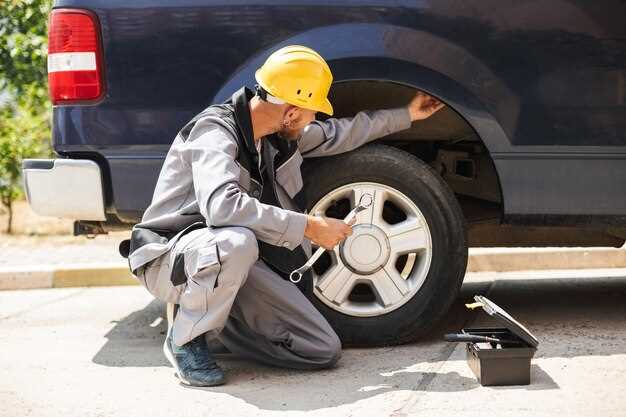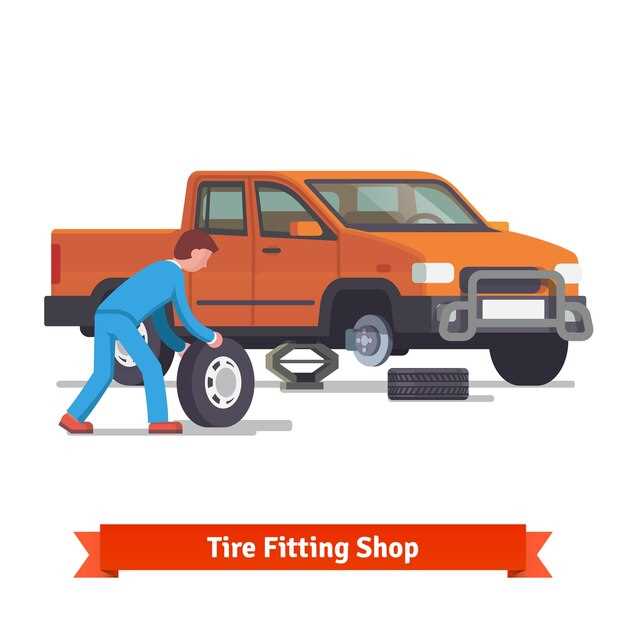
Brakes are one of the most critical safety components of your truck. As a driver, it is essential to be aware of the warning signs that indicate your braking system may be failing. Ignoring these signs can lead to dangerous situations, including accidents that could harm you and other road users. Knowing when to replace your brakes is key to maintaining your vehicle’s safety and performance.
Several symptoms can signal that your truck’s brakes need immediate attention. From unusual noises to decreased responsiveness, these warning signs should not be overlooked. When you notice any changes in your braking performance, it’s crucial to address these issues promptly to ensure your truck operates safely.
In this article, we will explore the most common indicators that your truck requires new brakes. By recognizing these signs early on, you can take proactive steps to avoid costly repairs or even a potential accident. Stay alert and informed to keep your truck–and yourself–safe on the road.
Unusual Noises When Braking
One of the most telling signs that your truck requires immediate brake attention is the presence of unusual noises when braking. If you notice any strange sounds, it is crucial to address the issue promptly to ensure your safety and the longevity of your vehicle.
Squeaking or Squealing noises often indicate that the brake pads are worn down. Most modern brake pads are equipped with a built-in indicator that produces a high-pitched sound when they need replacement. Ignoring this noise can lead to damage to the rotors and greater repair costs.
Grunting or Grinding sounds signify a more severe issue. If you hear a grinding noise, it likely means that the brake pads have worn down to the metal, causing direct metal-on-metal contact with the rotors. This condition can lead to significant rotor damage and should be addressed immediately.
Thumping or Pulsating noises when braking may indicate warped rotors. This can create vibrations throughout the vehicle and compromise braking efficiency. If you experience such noises, it’s crucial to have the rotors inspected and possibly replaced to avoid further complications.
In conclusion, any unusual noise during braking should be taken seriously. Regular inspections and maintenance can help identify issues early, ensuring that your truck remains safe and roadworthy.
Pulsation or Vibration in the Brake Pedal

If you experience a pulsation or vibration in the brake pedal when applying pressure, this indicates a potential issue with your truck’s braking system. This sensation typically occurs due to warped brake rotors, which can compromise the effectiveness of your brakes and lead to further damage if not addressed promptly.
Warped rotors can develop from excessive heat generated by heavy braking, driving conditions, or even manufacturing defects. As the brake pads compress against the uneven surface of the rotors, the irregularities cause the pedal to pulsate or vibrate. This not only affects stopping power but also creates an uncomfortable driving experience.
It is crucial to have your braking system inspected if you notice this symptom. Professional mechanics can assess the condition of the rotors and pads and recommend appropriate actions, such as resurfacing the rotors or replacing them entirely. Ignoring pulsation or vibration can lead to increased wear on brake components, diminished safety, and costly repairs down the line.
Warning Light on the Dashboard

A warning light illuminated on your truck’s dashboard can be a crucial indicator that your brakes require immediate attention. Various symbols relate specifically to the braking system, such as the brake warning light, antilock brake system (ABS) light, or even the traction control warning. Each of these lights serves an important purpose, signaling issues that could compromise your safety while driving.
Brake Warning Light: This light usually appears as an exclamation mark inside a circle, or simply the word “BRAKE.” Its activation may indicate that the parking brake is engaged, but it can also signify low brake fluid levels or a malfunction within the braking system. If this light comes on while driving, it is critical to address the issue promptly.
ABS Light: The ABS light, which resembles a circle with the letters “ABS” inside, suggests a problem with the antilock braking system. While your truck’s standard brakes may still function, the absence of antilock capability could lead to longer stopping distances, particularly under slippery conditions. A malfunctioning ABS system requires immediate inspection to ensure your brakes can perform effectively in all scenarios.
Traction Control Light: If this light activates, it may indicate that the traction control system is engaged due to wheel slip. However, if it remains illuminated, there could be an underlying issue with your braking system that impacts your truck’s ability to maintain traction, especially under challenging driving conditions. This warrants a thorough evaluation by a qualified technician.
Ignoring these warning lights can lead to severe consequences, including decreased braking performance and an increased risk of accidents. Regular maintenance checks can help prevent issues leading to dashboard warnings. Therefore, pay attention to these alerts and take the necessary actions to ensure the safety and efficiency of your truck’s braking system.




